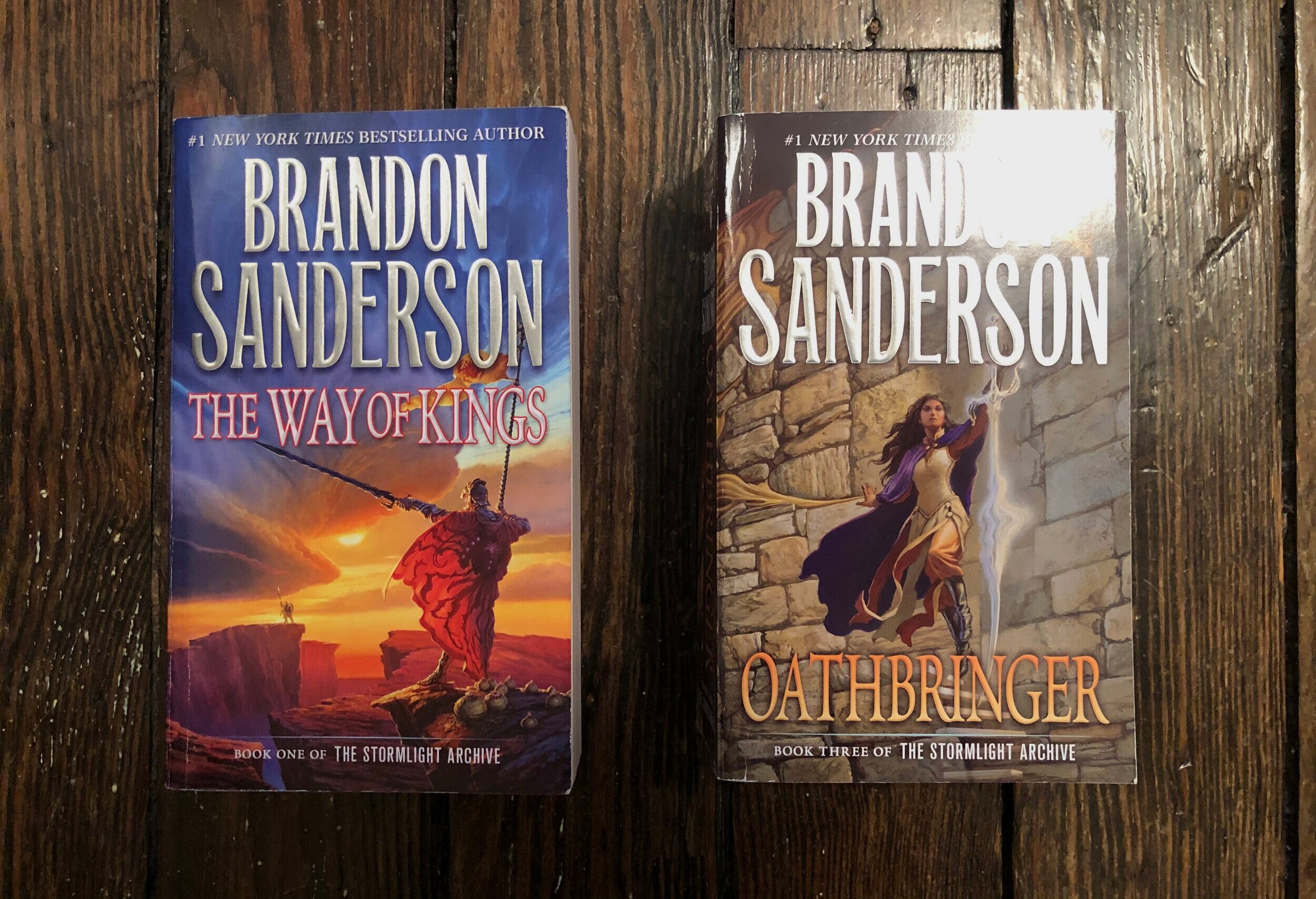by Jordan Lienhoop
I was standing before two alabaster statues in the Speed Art Museum: Hooded Mourner with Rosary and Hooded Mourner with Missal. Created in the mid-1400s at the School of Jean Cambrai in France, the sculptures are encased behind glass, standing no more than two feet high. Their faces are somber, heads bent, covered by heavily draped cloaks.
These two statues were created to mourn over the tomb of a lost loved one far beyond the life of the person who commissioned them. Past my reflection in the glass encasement, six hundred years later, I found myself mirrored in their mourning.
Hooded Mourner with Rosary, School of Jean Cambrai (French, active 1420-1435). Alabaster. Bequest from the Preston Pope Satterwhite Collection, Speed Art Museum, Louisville, KY.
Seven weeks earlier, my sister Kait and I sat in our grandparents’ living room, visiting with them before our drive up to Chicago O’Hare. We were about to embark on a two and a half week trip throughout Europe—five countries, Kait’s graduation tour.
Just before leaving their house, Grandma got a call from the hospital: would she please come in to meet with the radiologist. As my sister and I left for the airport, Grandma and Grandpa left for the hospital.
It was in Naples, Italy, after a day trip to Pompeii, that we found out about the large mass on her pancreas; that’s all Mom would tell us, as she and Grandma had been avoiding most of our questions, not wanting to worry us. The next day, though, my brother texted me that it was cancerous, untreatable.
Over the course of one week, Grandma had been diagnosed with stage IV pancreatic cancer.
Sitting in the Chiesa di Santo Stefano on the Isle of Capri, I prayed: Lord, please heal her.
In the Basilica of Santa Maria del Mar in Barcelona: Lord, please heal her.
In the Cathedral of Notre-Dame in Paris: Lord, please heal her.
Back from Europe, sitting once again in our grandparents’ living room, everything had changed. After a horse and pony show of photos, stories, and souvenirs, we began to talk about her cancer and what chemotherapy would look like. In the rawness of processing the diagnosis, Grandma’s voice was unsteady, crying as she talked about it and trusting Jesus.
After that long weekend, Kait returned to Indianapolis, Indiana, and I went back to Louisville, Kentucky, where a month later I got a second part-time job at the Speed Art Museum as a security guard, a position that involved hours of walking, looking, and thinking.
Within the careful shaping of the figures, within the graceful draping of the fabric, I saw a beauty in the midst of sorrow; a beauty I experienced, too, in the weeks before Grandma’s passing. Some of the sweetest moments with her were wrapped in the deepest sorrow, as the preciousness of the time we had left together met the ache of the physical reminders of her lessening days.
Tucking her into bed at night. Watching the ginkgo tree drop its fruit. Reading the cards sent to her. Feeling October’s sun on my face. Seeing a new depth to my grandparents’ marriage.
Hooded Mourner with Missal, School of Jean Cambrai (French, active 1420-1435). Alabaster. Bequest from the Preston Pope Satterwhite Collection, Speed Art Museum, Louisville, KY.
Seven weeks after her diagnosis, around one o’clock in the morning, Grandma died in her sleep. Though Mom had messaged me early in the morning, I still went into work at the Speed, thinking I would just get through the day, that her death wouldn’t be real if I barely acknowledged it. Before the shift had even started I was in tears, and my coworkers, though they had only known me for two weeks, gave me some of the first comfort I was to receive.
In the weeks after her death, during my shifts at the museum, I would think about Grandma, endlessly walking circles around the galleries, endlessly walking circles around her in my mind. It was in the tapestry room—a gallery filled with floor to ceiling tapestries of battle victories and parables, with illuminated books of hours and gold reliquaries—that I would stop before the cream-colored statues.
Though no one in Louisville was affected by the death of my grandma, those statues gave testament to my grief; I did not grieve alone. In front of me was the weight of sorrow carved out of stone, an attempt to honor the life lost, to say, “I will not forget.”
These works of art began a process of grieving my grandma’s death. They led to reflections and revelations, to the working out of my faith, as I questioned God’s power to heal diseases, as I sought hope in the promise of resurrection.
Three years later, as I look at the statues in the photo, I know that I’m not cast in a permanent state of grief. I have the hope that one day I will see my grandma again when I see my Savior face-to-face—a hope that she clung to as well in the midst of suffering.
As a visual artist, Jordan Lienhoop is interested in themes of memory, loss, and redemption. After graduating from DePauw University, she moved to Louisville and has been on staff with Sojourn Arts for the past four years. Jordan loves working with artists and encouraging them in their creative and spiritual walks.
This post is part of an ongoing series where we ask artists and arts professionals to share artwork that has significantly impacted their formation as a Christian.
























